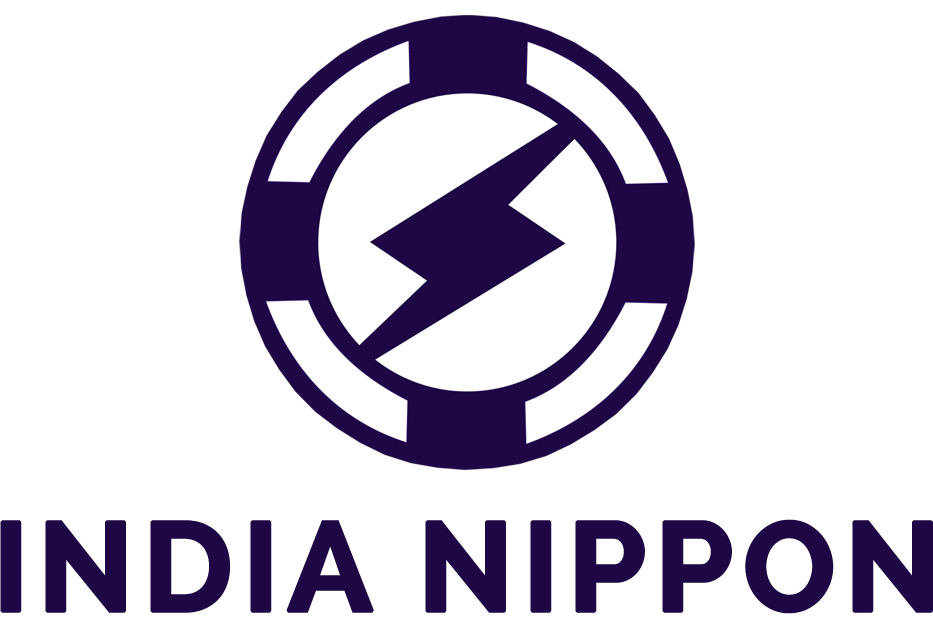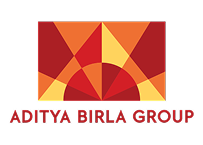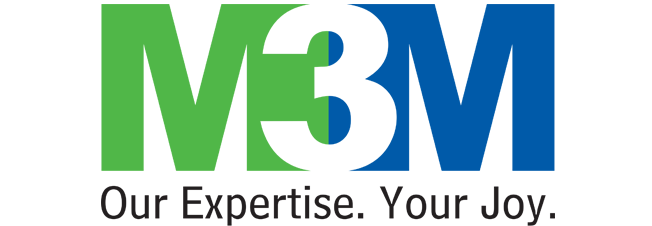Procol • August 27, 2025
Top spend management KPIs to optimize procurement
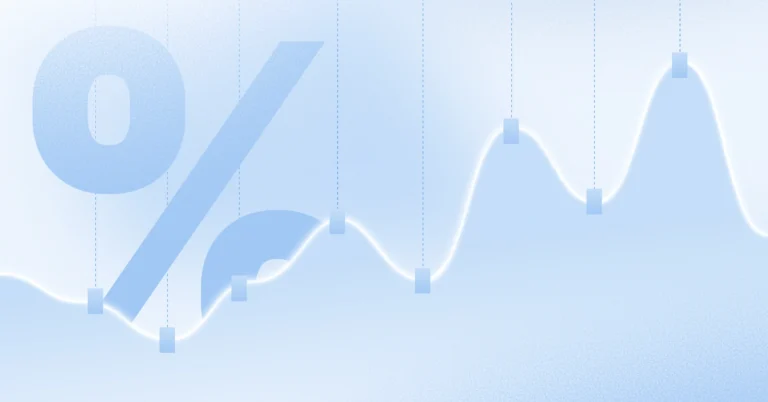
Today’s business world has moved from just ‘buying’ to ‘managing spend’ strategically. Research shows that companies lose 5–15% of total spend through old methods of procurement, whilst high performers can manage up to 85% of spend under management. This is where spend management KPIs are indispensable to manage spend because they give clear visibility into spending patterns, compliance, and savings opportunities. By using KPIs to track things like maverick spending, contractual savings, and supplier performance, and the implementation of platforms such as Procol, it is possible for organizations to identify risks that would need to be mitigated, avoid costs, and improve relationships with suppliers.
What are spend management KPIs?
Spend management KPIs are quantitative KPIs that help organizations track, control, and optimize total spend. All KPIs are useful for identifying where, how, and what money is being spent on, potential savings, and whether your spending is in line with the objectives of the organization. Spend management can be viewed as the proportion of total spend that is controlled through procurement; however, there are many other KPIs and terms to consider, for example: cost savings, compliance, cycle time for orders, maverick spend, etc. Tracking KPIs allows for better negotiations, helps to reduce risks, and ensures the organization manages suppliers effectively.
What are the benefits of using KPIs?
The use of spend management key performance indicators enables organizations to measure modern procurement outcomes, benchmark productivity, and maintain fiscal discipline. The indicators will divulge not only where money is being spent, but will also provide actionable points to deliver savings, manage suppliers, and maintain compliance. Here are 6 advantages of implementing KPIs for spend management:

| Title | Description |
|---|---|
| When leaders have trusted spend analysis data, they can make decisions about procurement polices and procedures based on what is real, rather than on conceited assumptions. They will also improve their negotiating skills, strengthen their category spend, and align their buying practices with larger, longer-term business objectives. | KPIs help organizations identify cost leakage, waste, and over-expenditures. Tracking savings recognized, maverick/outside spend, and spend under management empowers an organization to negotiate better contracts and impact the overall costs of procurement. |
| Better Visibility | They help organizations with clear visibility into how budgets are being allocated against categories, departments, and suppliers, but they also allow leaders to make better-informed decisions and verify budgets are spent effectively and in line with timelines for deliverables, for example. |
| Enhanced Compliance | Managing KPIs such as supplier compliance rate and contract adherence means the organization can verify that employees and suppliers are procuring through approved procurement policies. This allows organizations to reduce instances of maverick or off-contract spend actions and better manage governance overall. |
| Stronger Supplier Relationships | KPIs give organizations the ability to measure supplier performance against any of the stated metrics, including delivery schedules, price stability, and service quality. The data gives organizations the information to strengthen working relationships with trusted suppliers and to respond to non-compliant or underperforming suppliers. |
| Data-Driven Decisions | When leaders have trusted spend analysis data, they can make decisions about procuring polices and procedures based on what is real, rather than on conceited assumptions. They will also improve their negotiating skills, strengthen their category spend, and align their buying practices with larger, longer-term business objectives. |
| Continuous Improvement | When leaders monitor and analyze spend, they can see trends, establish performance benchmarks, and identify areas for process improvements. Ongoing monitoring helps create an environment of continuous improvement within the procurement function. |
Top 15 spend management KPIs to track in 2025
Aside from monitoring costs, procurement groups now need to prepare themselves to deploy intelligent solutions so they can become fully visible and in control of their procurement data. These KPIs help to track savings, compliance, supplier performance, and risk while aligning with organizational objectives. Tracking these KPIs to gain visibility ultimately provides the opportunity for a procurement group to remain competitive and future-ready.
Spend Management Analysis
1. Savings
This is relatively easy and may even be obvious, so you select it first. In order to determine the effectiveness of your tactics, identify a percentage of real savings year-on-year. If you are comparing yourself and do not have a year of your data, it is fine to look at monthly savings, just don’t forget to consider seasonality and particularly anything unique to your industry.
2. Cost Reduction
Savings and cost reduction are not the same thing. While cost savings explore opportunities to lower product and system price points, cost reduction looks to reduce unnecessary costs by eliminating those services and products. Identify current savings you made by discounting services and products, when compared to historical expenses.
3. Price Avoidance
Price avoidance is an important KPI for manufacturing, trade, life science, and medical companies. This KPI determines the amount of money you saved by avoiding unintentional re-placements, repairs, or damages. Think about the amount of savings generated by proper monitoring of materials (which eliminated the disposal of old supplies), taking care of tools (which avoided expensive failure), or inventory management (which avoided excess inventory and hasty ordering).
4. Total Spend Under Management
Total spend under management likely refers to the portion of your company’s spending that is consistently managed by your procurement system. For total cost objectives, consider the total addressable spend and then apply it to the spend under management KPI objectives.
5. Maverick Spend
Decide on a percentage reduction of maverick spend or an appropriate amount of maverick spend. You will often want to keep your maverick spending very low.
Maverick spending is the biggest risk to a good strategy for many procurement software groups since it circumvents the contract management system your group worked so hard to purchase and implement. A recent study indicated that over 54% of employees admit to purchasing without the required authorization mechanisms.
6. Overall Spending Contribution
Contribution to total spending means understanding where your spending is going, whether it be on certain items, category type, or vendors. Setting KPIs to track those contributions is important because it helps you identify savings opportunities. Two examples might be setting up a new contract management system with a high-volume vendor, or funneling spending on commodities you use a lot on only one vendor to take advantage of your buying power.
7. Agreement Pricing & Agreement Compliance
Agreement compliance is very important for the performance of the e-procurement company. Set a KPI to ensure that contract management system pricing is honored on both the supplier’s side and the buyer’s side. The supplier has to offer you an agreed price, and it is just as critical for the buyers across your business to do.
8. Purchase Price Variance (PPV)
Set a KPI to monitor and manage buy price volatility. PPV is the difference between the expected costs you plan to spend and the actual price of the products when you purchase them. Volatility may arise as a result of obsolete pricing information, vendor changes, rush orders, wrong quantity estimates, or other inaccurate projections. By reducing the PPV, you can spend more precisely and plan your budgets better.
9. Supplier Administration
The supplier administration is an important area to look at, and there could be many metrics that you can potentially use. You could look at establishing a metric to monitor that a certain percentage of your spend is going through a certain percentage of your suppliers.
10. Supplier Efficiency
Supplier performance, another vendor administration KPI, has to monitor a supplier’s reliability and consistency. This metric has to include pricing, quality, delivery, and customer service performance of suppliers.
Supplier efficiency and effectiveness may be obvious in some cases, but may also be intermittent and difficult to identify. The metrics can help identify weaknesses in your distribution network so that you may better find alternatives for sourcing supplies.
11. Supplier Risk Score
Evaluates suppliers based on their financial stability, regulatory compliance, delivery reliability, and ESG factors. This KPI helps mitigate risks and ensure continuity in the supply chain.
12. On-Time Payment Rate
Monitors the percentage of invoices that suppliers receive payment on within the agreed-upon timeliness. Prompt paying invoices strengthens trust and develops a collaborative culture with suppliers, and allows for the receipt of discounts if suppliers offer early-payment discounts.
13. Total Cost of Ownership
Looks at more than just the purchase price, considering the cost of maintenance, the operational costs (ie, cost of use), and the disposal cost. By looking at TCO holistically, you will make better procurement decisions.
14. ROI on Procurement Technology
Evaluates the value and savings gained from what is spent on procurement technology solutions and platforms. High ROI indicates that digital solutions are providing value.
15. Sustainable/Green Spend
Percentage of spend with suppliers you deem ethical, eco-friendly, or sustainable. This KPI measures support for ESG initiatives and improves overall brand image.
From tracking spend under management KPI and lowering maverick spending to increasing supplier compliance and driving spend towards sustainable procurement suppliers, providing actionable insights allows businesses to work smarter and make decisions based on the data. Procurement teams can add much more value and enhance supplier relationships by incorporating efficiency metrics with cost-saving, risk management, and sustainability metrics. Organizations that focus on these KPIs, along with spend analysis metrics, will be better positioned to stay competitive, agile, and future-ready.
Maximize your procurement KPIs’ effectiveness with Procol

Tracking procurement KPIs is important for organizations looking to get the most out of spend, improve efficiency, and build supplier relationships. But to go beyond measuring KPIs, organizations should also adopt spend analysis best practices. All you need is the right platform to analyze data, find trends, and take corrective actions quickly. Procol makes the difference.
It gives procurement teams a centralized platform to consolidate all spend data. Centralization breaks down silos and gives organizations one version of the truth regarding spend. The easy-to-use dashboards and powerful analytics let procurement leaders easily monitor KPIs, including spend analytics KPI, spend under management, maverick spend, supplier compliance, and cost savings. By utilizing automation and AI-generated insights, procurement leaders are moving away from manual reporting and towards decision-making based on actionable insights.
By implementing our strategies, organizations are now tracking their KPIs while improving compliance, decreasing risk, and achieving sustainable cost savings. The seamless workflows facilitate collaboration and engagement between organizations and suppliers. In 2025 and beyond, the best practice will be to maximize KPI effectiveness, adopt spend analysis best practices, and stay ahead of competitors. With us, they have the clarity, speed, and intelligence to help them with long-term procurement excellence.
Conclusion
In 2025, organizations must monitor correctly in order to control costs, simplify the procurement process, and enhance supplier relationships. KPIs like spend under management KPI, maverick spend, supplier compliance, invoice accuracy, and sustainable spend offer organizations action, leading to better decision-making and risk management and mitigation activities. However, merely measuring KPIs will not help organizations unless they adopt spend analysis best practices with the appropriate tools. Procol offers the Ultimate Solution, offering a single platform from which to view spent data, evaluate in real time, improve the accuracy of reporting, and better collaborate with suppliers. With disciplined KPI measuring combined with Procol, organizations will improve procurement performance and achieve sustainable business value creation.
Frequently asked questions
Why are spend management KPIs important?
These KPIs provide visibility into spending patterns, highlight areas for savings, improve supplier relationships, and ensure compliance with procurement policies. They enable organizations to make data-driven decisions and reduce operational risks.
What are the 4 KPIs every manager has to use?
The four most commonly used KPIs for managers are:
- Revenue Growth – tracks how much sales are increasing over time.
- Profit Margin – measures how much profit the company keeps after expenses.
- Customer Satisfaction – shows how happy and loyal customers are.
- Employee Productivity – evaluates how effectively employees contribute to results.
How to measure spend under management?
Spend under management is measured by dividing the total spend controlled through approved procurement policies, systems, and contracts by the organization’s total spend.
What are the 4 P's of KPI?
The 4 P’s of KPI are:
- Purpose – why the KPI is being measured.
- Performance – what result is being tracked.
- Process – how the KPI will be measured and monitored.
- Progress – how the KPI helps in achieving long-term goals.
What is a KPI in budgeting?
A KPI in budgeting is a metric used to track how well an organization sticks to its financial plan. It measures whether actual spending and revenues align with the planned budget. Common budgeting KPIs include budget variance, cost per unit, and return on investment.
Explore more from Procol
Discover expert tips, how-to guides, industry insights, and the latest procurement trends.

Agriculture procurement: Process management for cost savings & profits
Successful farming is not just planting crops at the right time...

A comprehensive guide to decentralised purchasing in 2025
Purchasing is adapted to the specific needs of every business. It’s...
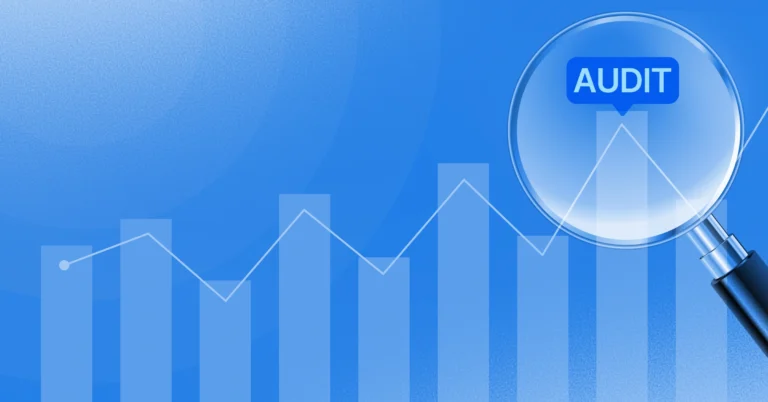
Guide to conduct successful procurement audit in 2025
If you get effective procurement right, you save money, stay compliant,...
